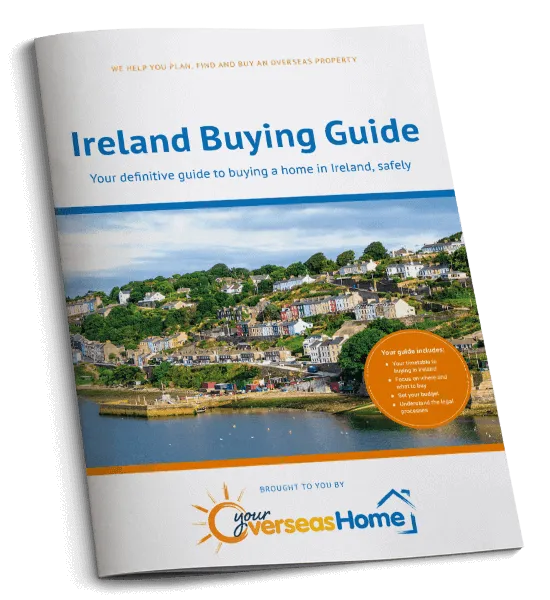Things are looking very good for Ireland’s economy right now. The country is benefiting across the board from increased international interest, and domestic demand for goods and services is up. Today, we’re taking a look at how the Irish property market is performing to help inform your decision to buy in Ireland in 2018.
Irish property prices
Firstly, let’s take a look at Irish property prices. During April, May and June 2018, Irish property prices increased by 2.7%, according to Daft.ie. The average Irish property now costs €254,000, which is 5.6% more expensive than last year.
This means that prices are now 54% higher than the low point of 2013. However, the growth rate this year has been the lowest since four years.
What factors impact Irish property?
House prices have remained more stable this year, with little increase. This is likely down to one main factor: supply is catching up with demand. Traditionally, Ireland has not had a large enough housing stock. However, a boom in private construction is changing that. In Dublin, for example, developers built 15,200 homes. That’s triple what was built in 2014.
A boom in private construction means more homes are available to buyers. In May, there were 23,500 properties for sale across Ireland.
This means that more homes are available to buyers. In May, there were 23,500 properties for sale across Ireland. This represents a 5% increase in housing stock since last year. In other words, it’s good news – there are more options and therefore less competition between buyers.
Which areas are the cheapest?
If you’re looking for Irish property that’s in the ‘total bargain’ category, there are a few areas of the countryside where property remains extremely affordable.
County Leitrim, known for its Atlantic coastline, lakes, hiking trails and alternative therapy scene, is Ireland’s cheapest location. The average property price here is €132,000.
Just slightly more expensive is County Longford, where the average property will set you back €134,000.
County Roscommon, popular with families and history fans, averages €140,000.
Finally, in fourth place is County Sligo where the average property costs €142,000. If you’re a fan of golf, surfing and live music, you could do far worse than setting your sights on this rural area.

The rural Irish property market continues to offer excellent value for international home buyers
Which areas are most expensive?
Now for the pricier areas for Irish property. Unsurprisingly, the most expensive properties are in Ireland’s capital, where the economy is booming.
South County Dublin has the highest price tag, with properties averaging €599,000. South Dublin City is the next priciest spot, at €412,000, followed by North Dublin City at €341,000.
If you are set on buying right in the heart of Dublin City, expect to pay €335,000.
Make sure you get the best value in your purchase by reading our guide, How to Negotiate Abroad.
Looking forward
Finally, how can we expect to see the Irish property market perform in the months to come? There are three major trends that will define the market, and in particular housing demand, over the next few years.
Three major trends will define the Irish property market: population growth, urbanisation and smaller households.
First is population growth – in particular amongst those over the age of 50. If demand outstrips supply again, prices could rise.
Secondly, increasing urbanisation could lead to a growth in apartment sales in cities – and potentially a drop in prices in rural areas.
Finally, with the average household size decreasing, we could see large properties becoming more available on the market as people downsize.
Make sure that you don’t miss any opportunities in the Irish property market as an international buyer by keeping up to date with Ireland Property Guide.

The Ireland Buying Guide takes you through each stage of the property buying process, with practical recommendations from our experts who have been through the process themselves. The guide will help you to:






